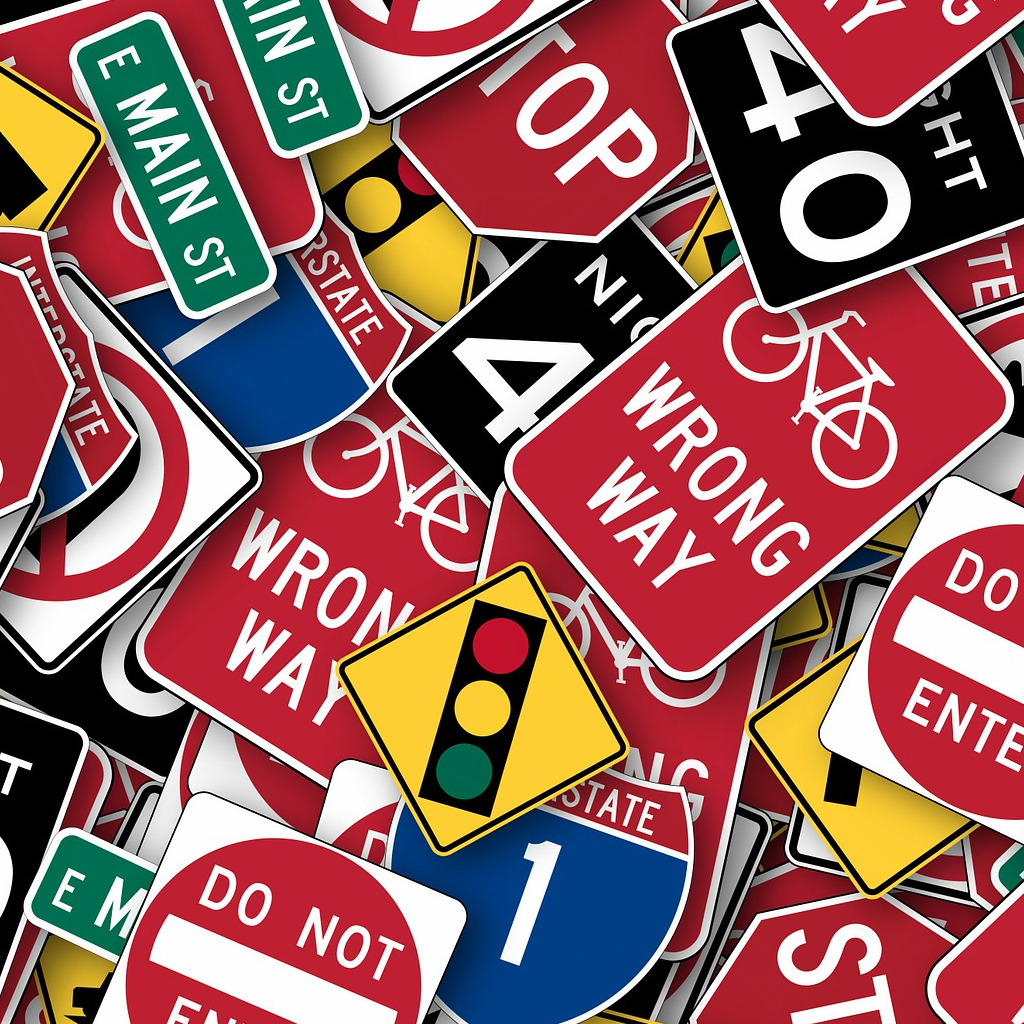

Inside your vehicle, devices such as cell phones and stereos can interfere with driving. These distractions can reduce the driver’s concentration on the driving task.

While driving, we are subject to many distractions, both inside and outside the motor vehicle. This is called the two-second rule.ĭefensive driving simply means being prepared for the worst and always being alert. Back off and try the count until you have enough distance. If the front of your vehicle has reached the landmark before you finish counting, you are too close. As soon as the rear of the car you are following passes the landmark you have chosen, count: One thousand and one, one thousand and two. To determine if you are following at a safe distance, pick a landmark (a tree, sign, reflector etc.). If no signs are posted on either the rural interstate limited access highway or the four-lane highway divided by a median strip, the default speed limit is 55 mph.ĭistance Between You and the Car In Front of You In business or residential districts the speed limit is 30 mph unless otherwise posted. Posted speed limits around schools (15 mph or as posted) should be followed.ĭrivers should be aware that speed limits apply when no visible or noticeable posts are around.
HIGHWAYTRAFFICSCHOOL DRIVER
When you are driving through a school zone, playground or parks, a driver should be extremely cautious and reduce speed significantly. Additionally, the driver should be aware of areas where the pavement is in bad condition. These areas can be comprised of dirt, grass, gravel or other materials. These areas are marked when the pavement does not extend beyond the paved area. Soft shoulders of the roadway should be avoided. Do not approach within 500 feet behind a fire engine vehicle displaying flashing warning lights and sounding a siren.ĭrivers must be alert to the changes to the roadway during construction or maintenance. Use extreme caution around an emergency situation and follow the directions given by a police officer. Keep a foot on the brake so the brake light lets the emergency vehicle driver know you have stopped. The driver must immediately drive to a position parallel to and as close as possible to the nearest edge or curb of the highway clear of any intersection and remain there until the emergency vehicle has passed. When an emergency vehicle sounding a siren approaches you, having at least one lighted red/white or blue/white lamp that is visible a driver must yield the right of way. Remember that on a road with a center turn lane you would have to stop for a loading or unloading school bus traveling in the opposite direction. In all other circumstances, you must stop. If you are traveling in the opposite direction on the other side of a divided highway with an unpaved space of at least five feet or a raised median or a physical barrier you do not need to stop.
HIGHWAYTRAFFICSCHOOL DRIVERS
Here’s a question that even experienced drivers still ask: When do I stop for a school bus? Well, for one, if the school bus has stopped on the road, you need to stop if you are traveling in the same direction as the school bus. When you stop for the train, stop at least 15 feet from the track, this gives you a safe distance from the potential overhang of any of the freight cars hitting your car and dragging it after the train. Although these do not cover all Florida laws, it’s a good starter guide for the inexperienced driver. Licensed School by the Indiana Bureau of Motor Vehicles Indiana Drivers Ed Fully Approved by the BMVĬourse Approved by the Pennsylvania Department of Education Pennsylvania Drivers Ed Fully Approved by the Pennsylvania DOE via a partnership with Shaffer School of Driving.Basic Florida Traffic Laws & Highway Safetyīefore heading out on the road, there are some basic traffic rules and safety tips you need to learn.
HIGHWAYTRAFFICSCHOOL LICENSE
Licensed School by the Colorado Division of Motor Vehicles Colorado Drivers Ed License #7744 Licensed School by the California Department of Motor Vehicles California Drivers Ed License #E2250 Licensed School by the Georgia Department of Driver Services Joshua's Law Drivers Ed Certification #LDT 708 Licensed School by the Texas Department of Licensing and Regulation Parent Taught Course #PT131 Instructor Taught License #C3042 Adult Driver Education License #C3042 Defensive Driving License #CP104 Licensed School by the Florida DHSMV TLSAE Course #35731 Permit Test Administrator #NT3 Basic Driver Improvement Course #33157 Wireless Communications Device Course Approved Provider by the FL Department of Education Accredited Drivers Ed Provider for 1/2 High School Credit


 0 kommentar(er)
0 kommentar(er)
